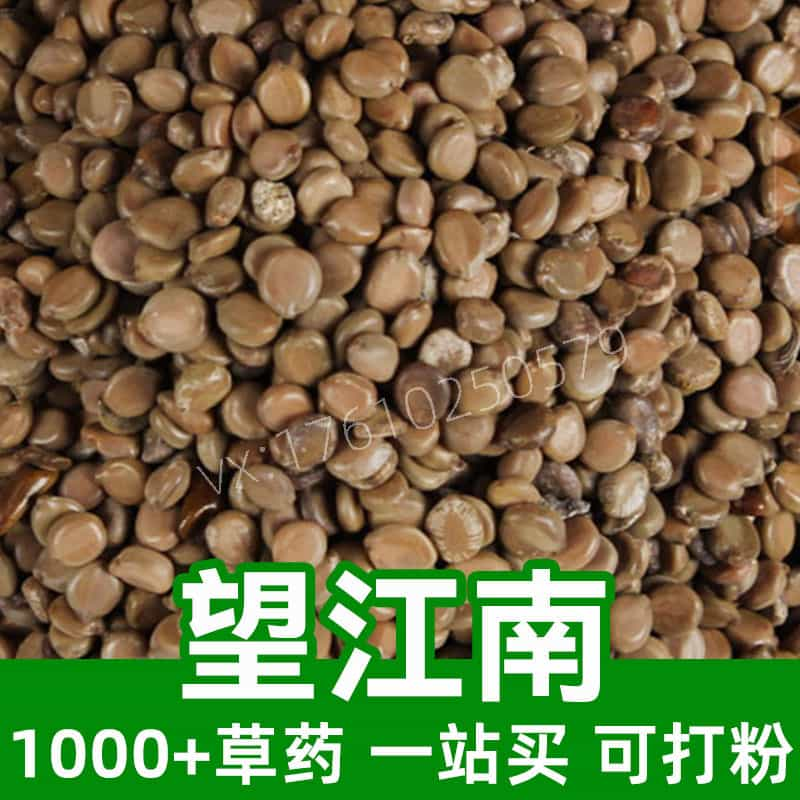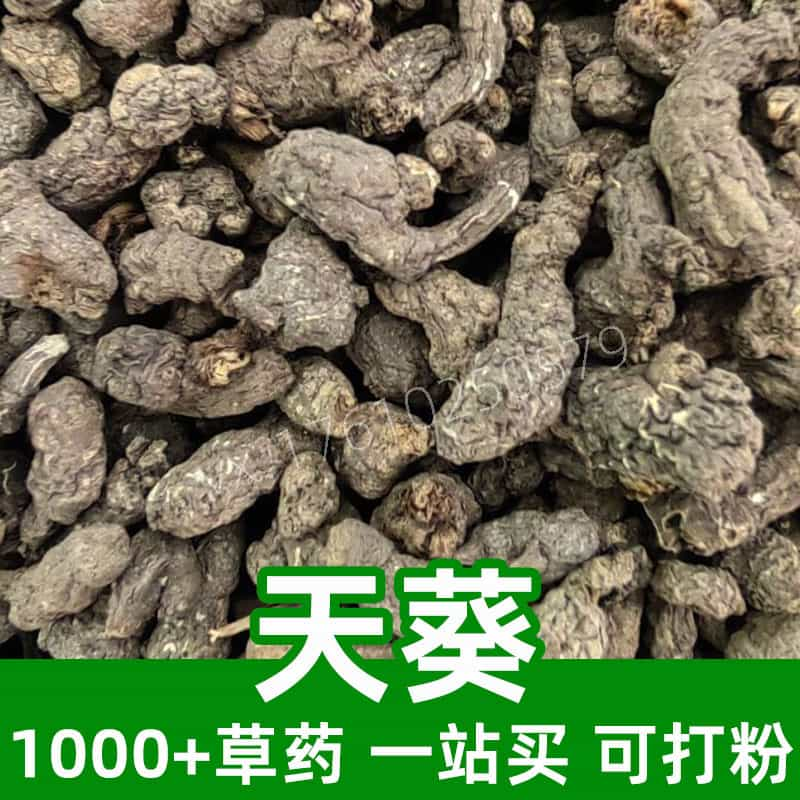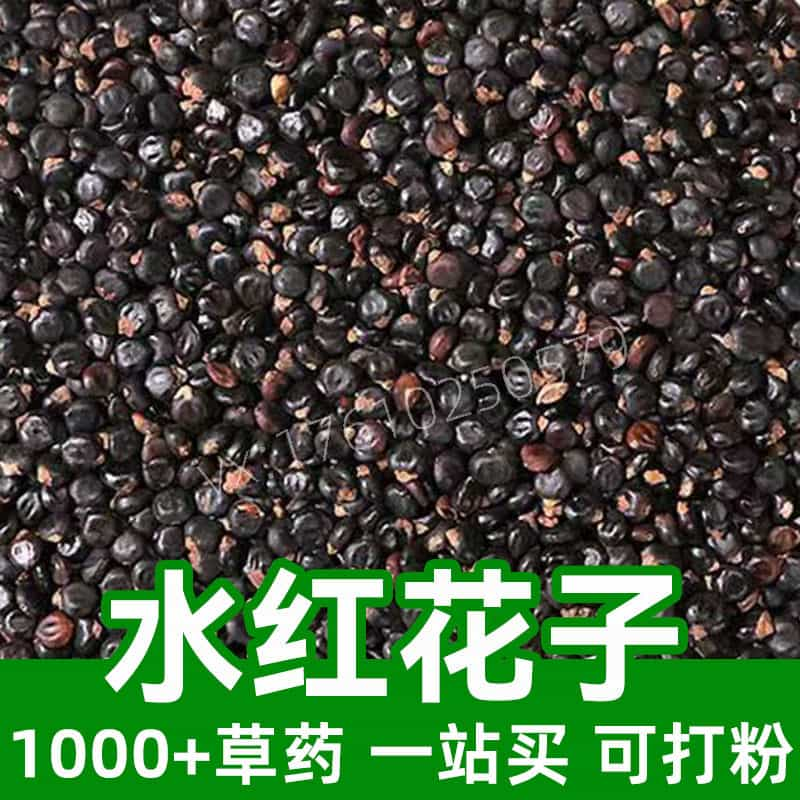Product Introduction
Cactus is a unique plant featuring succulent leaves that store water, allowing it to flourish in dry environments. Known for its nutritional profile, cactus, particularly the prickly pear variety, has been traditionally utilized in various cultures for its benefits. In the realm of herbal medicine, it is revered for its hydrating capabilities and high concentrations of essential vitamins, minerals, and antioxidants. With its origins in arid regions, primarily Mexico, cactus not only serves as a staple food source but also finds its way into traditional remedies. The versatile nature of cactus allows it to be consumed raw, cooked, or processed into supplements, contributing to wellness in diverse ways. In Traditional Chinese Medicine (TCM), cactus is not only valued for its physical health benefits but is also considered beneficial for enhancing vitality and promoting overall well-being.
Main Active Ingredients
The main active components in cactus include a variety of vitamins and minerals that play a pivotal role in its health benefits. Notably, the prickly pear cactus is high in vitamin C, which is known for its antioxidant properties, helping to combat oxidative stress in the body. The presence of dietary fiber is significant; it aids in digestion and promotes a healthy gut. Additionally, cactus contains several important polyphenols, including flavonoids, that may help in regulating blood sugar levels and supporting inflammation reduction. Other components, such as betalains and various essential amino acids, contribute to its anti-inflammatory and antioxidant effects, making it a remarkable addition to both diet and herbal medicine. Furthermore, the hydrating properties are largely due to its high water content, allowing for cellular hydration and nourishment, which is vital in maintaining skin and organ health.
Product Application Scenarios, Usage, and Dosage
Cactus is commonly used in various forms within both culinary and medicinal contexts. In traditional Chinese medicine, it is often recommended in both powdered form and as a broth for its energy-boosting and hydrating properties. The standard dosage can vary based on the preparation; for instance, consuming approximately 100-200 grams of fresh cactus leaves is common when utilized in dietary practices. For powdered cactus supplements, a typical dosage may range from 500 mg to 1,000 mg per day, though this should be personalized based on individual health needs and conditions. Culinary applications include using fresh cactus pads in salads, tacos, or smoothies, imparting a unique texture and flavor. Additionally, cactus juice is a popular beverage, often consumed for its hydrating and refreshing qualities. In the health and wellness industry, cactus extracts are increasingly incorporated into skincare products due to their renowned moisturizing and soothing properties, making it versatile for both internal and external applications.
Introduction to the Source Plant, Distribution, and Growth Environment
Cactus is primarily sourced from the family Cactaceae, including notable species such as Opuntia (prickly pear) and Echinocactus. These plants are native to the Americas, particularly thriving in the arid deserts of Mexico and the southwestern United States. Their ability to adapt to extreme heat and drought conditions allows them to flourish in environments where many others cannot survive. Cacti are typically characterized by their thick, fleshy pads, which are designed to store moisture, enabling them to withstand long periods without rainfall. These plants often exhibit a range of adaptations to deter herbivores, including spines and thorns, and some species can also produce beautiful flowers that bloom seasonally. Due to their adaptability, cacti have been cultivated globally, leading to variations in species and increasing their availability in different ecological regions.
Harvesting, Processing, and Storage
Harvesting cactus involves a careful process to ensure the protection of both the plant and the harvester. Typically, the pads are harvested by hand to minimize damage, and the spines are carefully removed either before or after harvesting. Fresh cactus pads should ideally be consumed soon after harvesting; however, they can be preserved by refrigerating or freezing. For processing into dried forms or powders, the pads are sliced thinly and dehydrated, preserving their nutrients while extending shelf life. Proper storage is critical; dried cactus should be kept in a cool, dark place inside an airtight container to retain its properties and to prevent moisture absorption. Both fresh and dried cactus can maintain quality for several weeks to months when stored under optimal conditions, allowing consumers to enjoy their benefits over time.
In summary, cactus is a versatile herb known for its rich nutritional profile and myriad applications in both culinary and traditional medicinal practices, making it an invaluable component of holistic health.
Monica Sun is a seasoned expert in the natural raw materials industry, with over a decade of experience specializing in traditional Chinese medicinal herbs, spices, and fungi. She is skilled in the sourcing, processing, and application of these materials, emphasizing sustainability and innovation. Monica Sun has contributed to the development of high-quality natural raw materials that serve as essential components in functional foods, pharmaceuticals, and cosmetics, delivering tailored solutions to meet diverse market needs.













